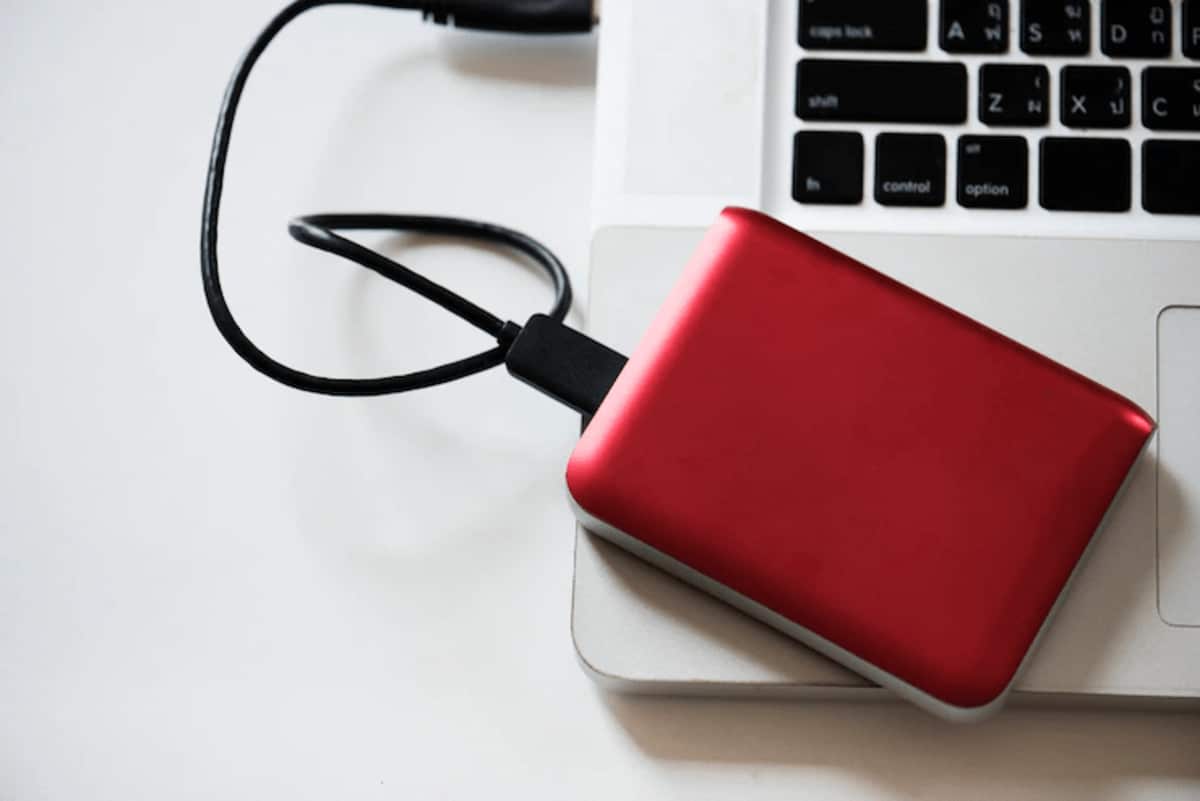
Formatting is the best option when you need to completely wipe your hard drive, whether you want to install a new operating system, sell your PC, or quickly wipe a drive loaded with multiple files. So, how can we format an external hard drive on Mac?
While not difficult either, the process of formatting a drive on Mac may not be very intuitive for users coming from using Windows or Linux machines. For this reason, in this tutorial, we will teach you step by step how to do it and, among other things, how to choose the correct file system and scheme for each case. Pay attention, the following article covers it all.
How to format an external hard drive on Mac?
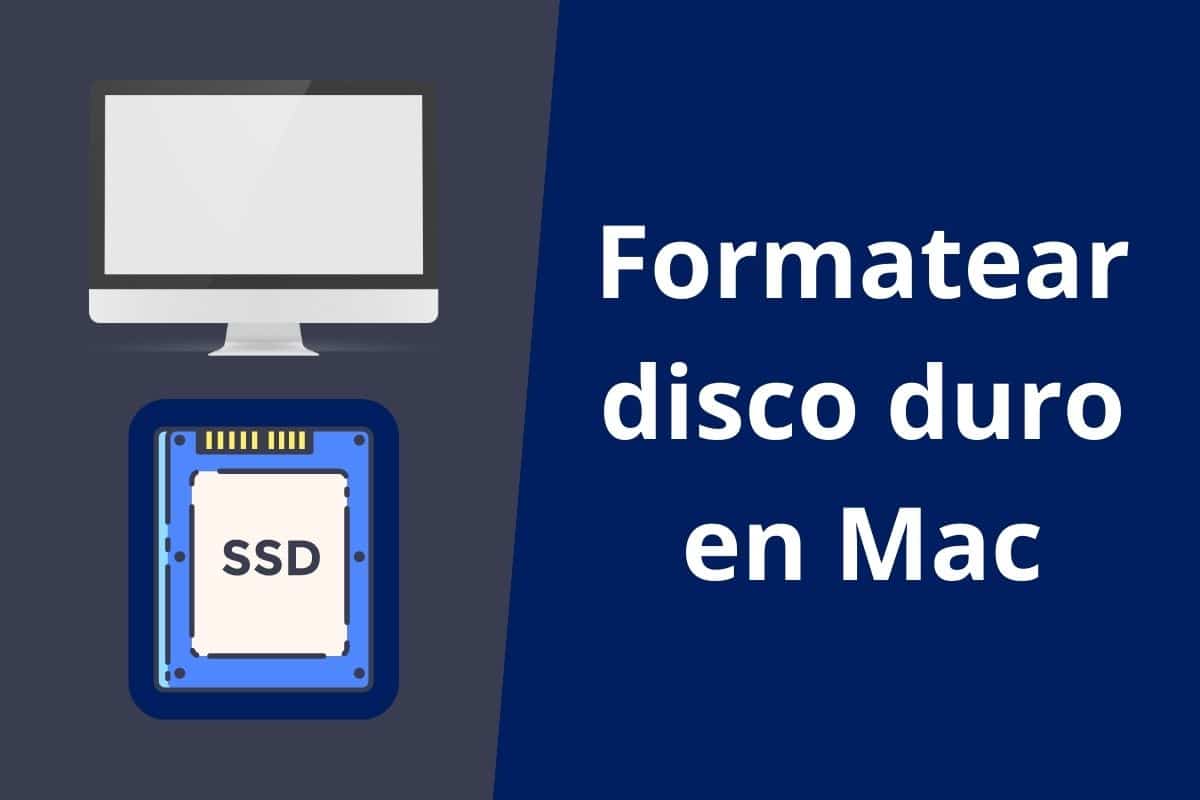
Formatting a hard drive on Mac is a simple task, but before going into the details and steps, we must clarify (if you did not already know) that doing so all files on the drive will be deleted. For this reason, we recommend that you make a backup of the contents of the disk before formatting it.
Now once you keep this in mind, there are two methods to format a hard drive on Mac.
Method I: Format using Disk Utility
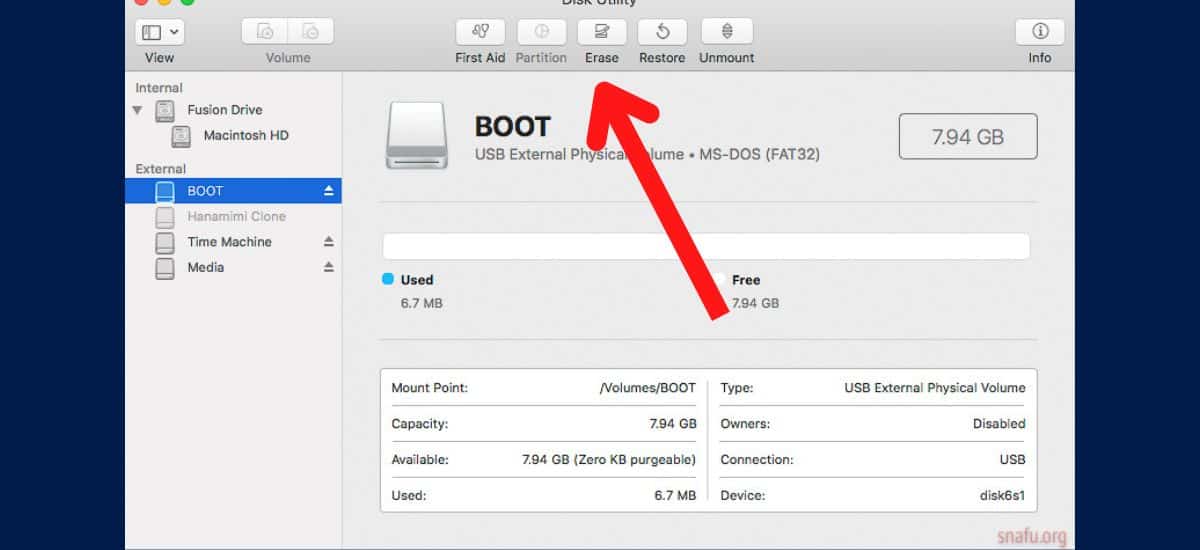
The easiest way to format an external hard drive on Mac is to use the Disk Utility, a tool for managing storage devices. This is the ideal method for users without advanced computer skills, and the steps to run it are as follows:
- Connect the external hard drive to your Mac. The system will mount the drive once it is detected.
- Launch LaunchPad, search for “Disk Utility” and start the program.
- Select the drive you want to format and press «Delete" on top.
- A window will pop up, in which you must set the name of the unit and select the File System and Scheme with which you want to format the hard drive.
- Finally, press «Delete» again to complete formatting.
And ready! It's that easy, in a matter of seconds the hard drive should finish formatting, although the delay will depend on how many files are stored on it, of course. On the other hand, it can be said that if you don't know what format and scheme to choose later we explain in which case to use each one.
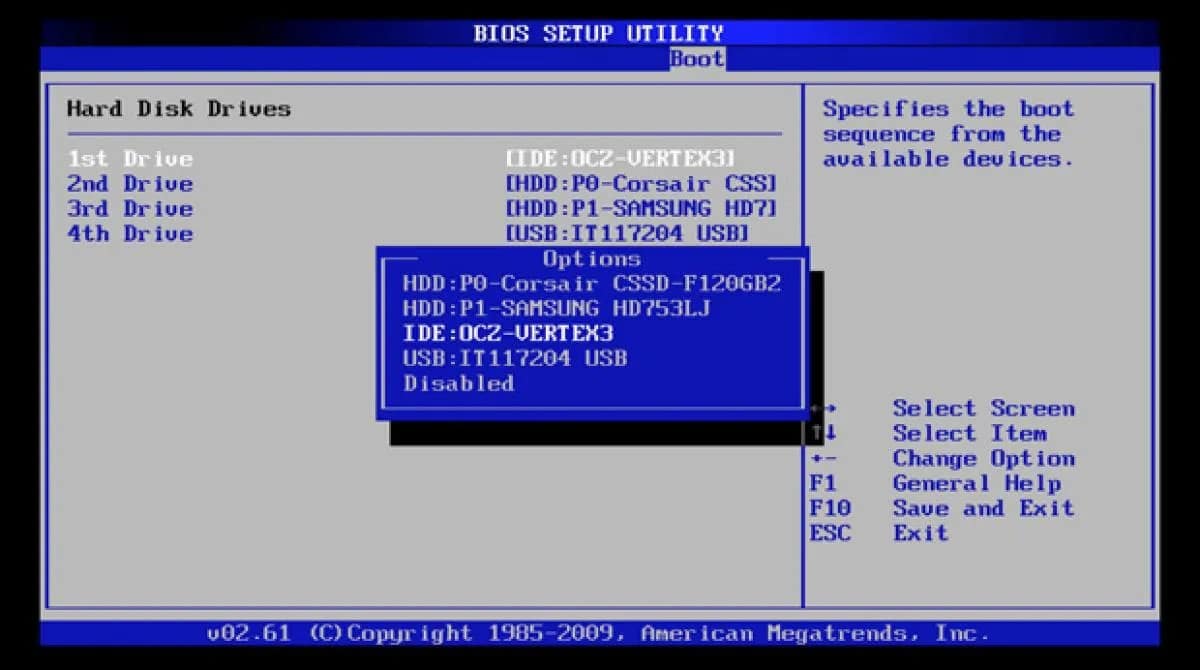
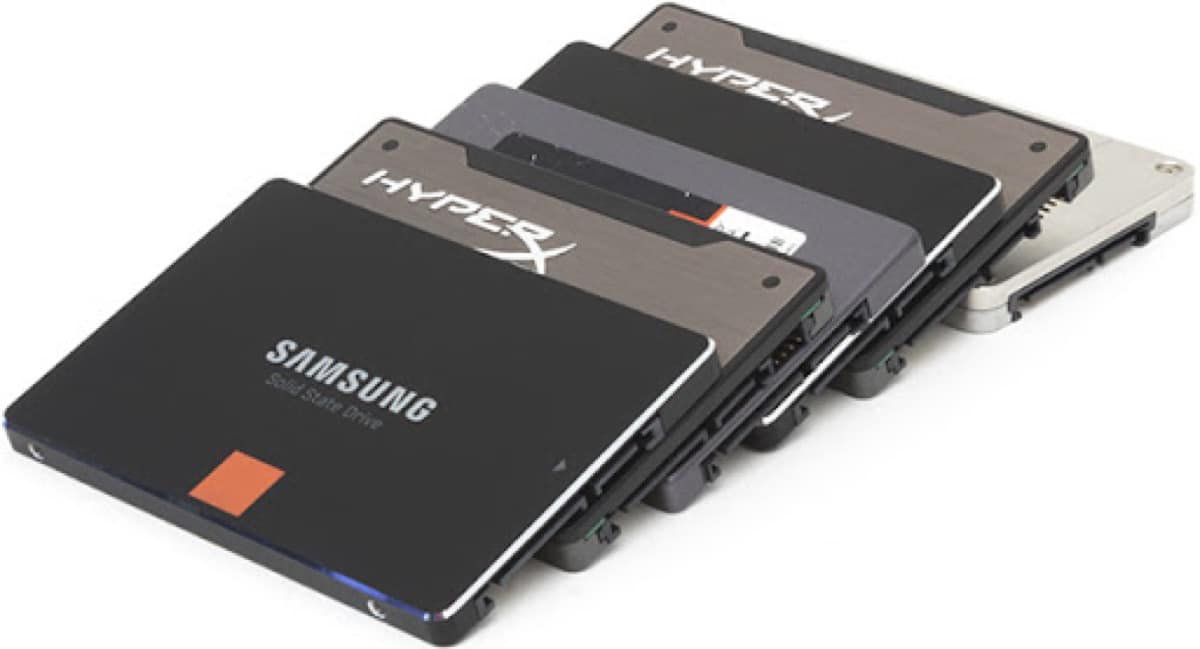
Method II: Format using Terminal

For users looking to delve into more advanced solutions with the system terminal, Mac Disk Utility also has a command prompt called “discussed”. You can use this programmable interface to format external hard drive on Mac by following these steps:
- Open LaunchPad, search for “Port” and open the application of the same name.
- Writes "disktil list” and press «enter» to view a list of drives on your system. Find the drive you want to format and remember the name of the node (it can be disk1, disk2, disk3...).
- Enter the command diskutil erasedisk + the new file system + the name you want to assign to the disk + the disk node.
How to choose the correct file system and scheme when formatting an external hard drive on Mac?

When formatting a hard drive on Mac, many users do not know what format and scheme to chooseHowever, this is the most important step because the correct operation and compatibility of the unit depends on it. Therefore, we explain below what to choose.
Choose the file system
The following are the formats you can choose depending on which operating system you want to use the drive after formatting.
- APFS: It is the main file system for Mac computers nowadays and it is the recommended option if you want to format the external hard drive for use on your Mac computer.
- FAT:: MS-DOS (FAT) originates from Windows 95, however, it is compatible with Mac. You should choose it if you want to be able to move files from Windows to Mac and vice versa, although you should keep in mind that it cannot store files that are larger than 4 GB.
- exFAT: It is an extended version of FAT, with more capacity than the previous one. Likewise, we recommend it if you want your files to be compatible between both operating systems.
- NTFS: If after formatting the disk you plan to install Windows to build a PC, you must choose this format, since the Microsoft operating system works on it. At the same time, it is a good option if you want to use the hard drive to transport files from one computer to another, since it is compatible with multiple systems.
Choosing the right scheme
Finally, you must choose a scheme. This step is much easier; You must choose the scheme based on the format you have previously chosen, there are only three options.
- GUID Partition Map: Ideal for formatting an external hard drive and using it on Mac.
- Master Boot Record: Choose whether you formatted the drive with the FAT or exFAT file system.
- Apple Partition Map: For older PowerPC-based Mac computers.